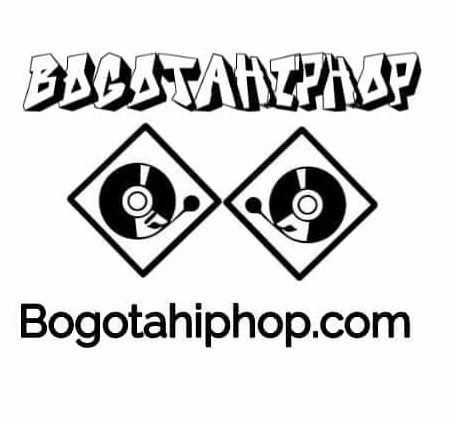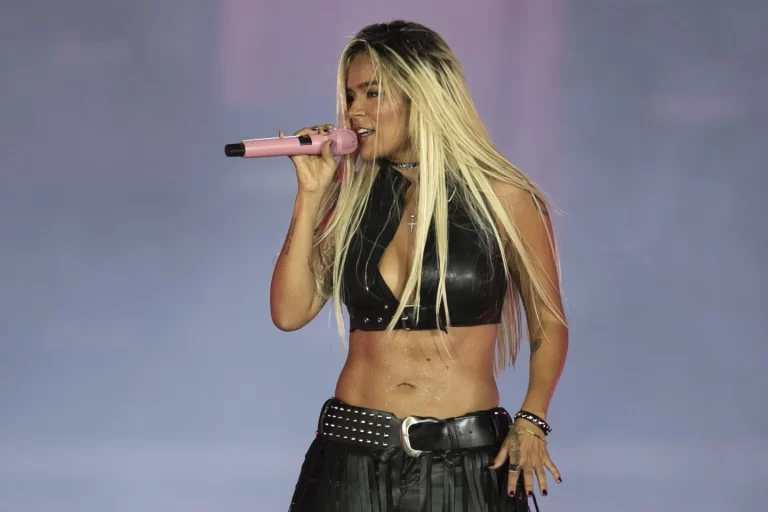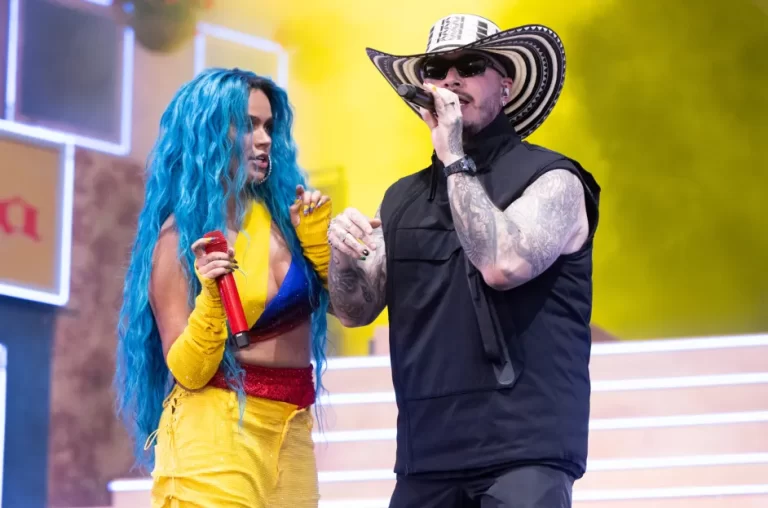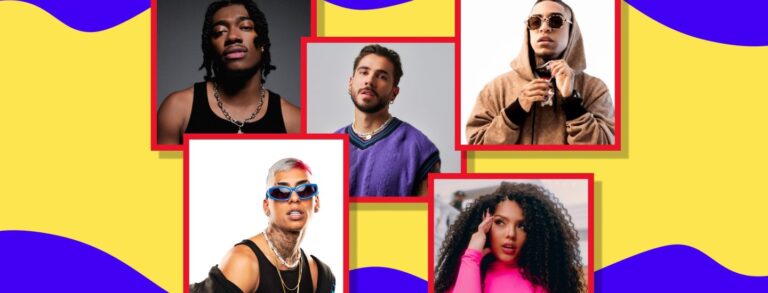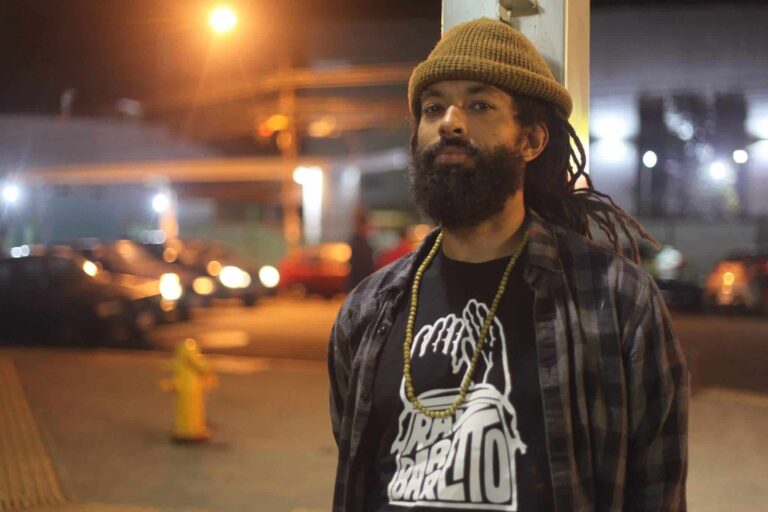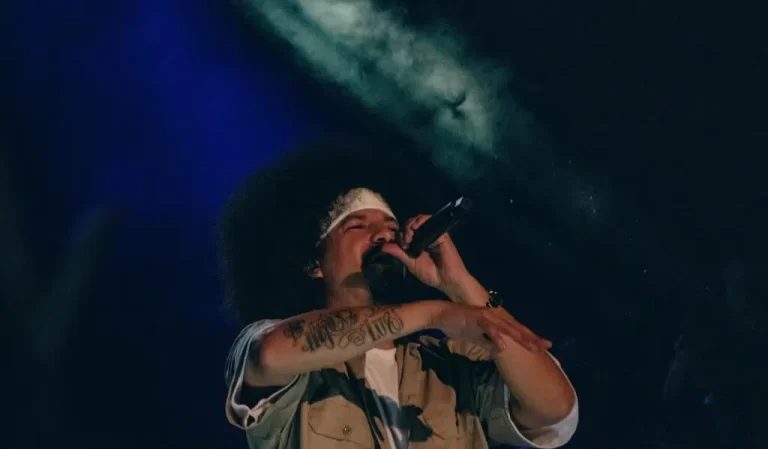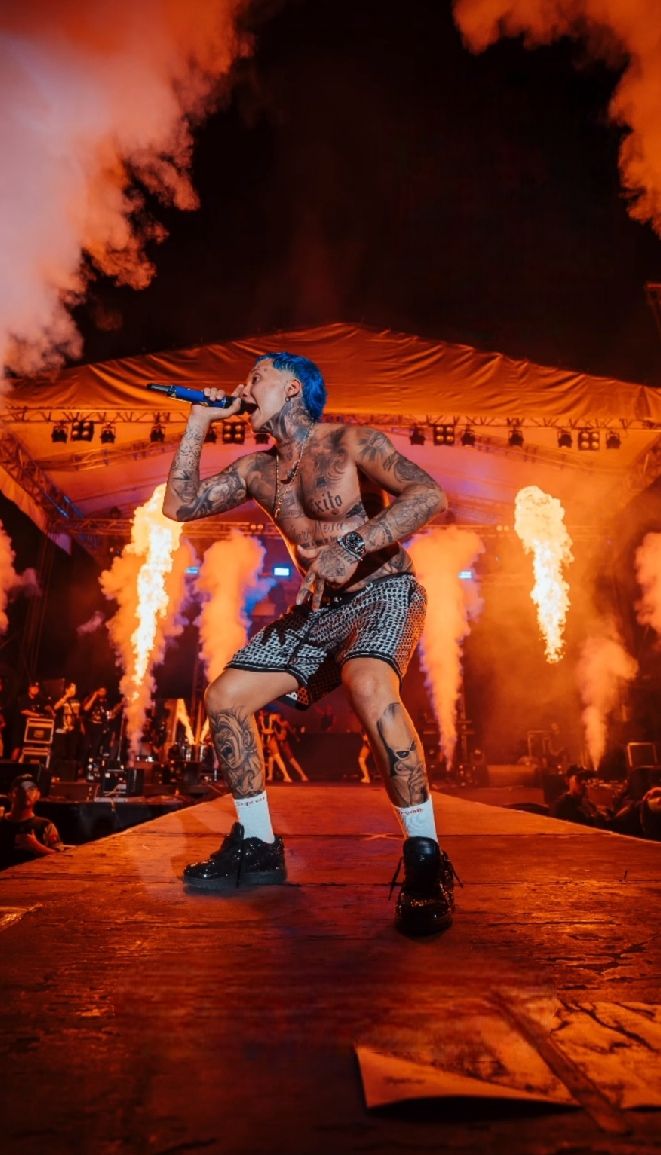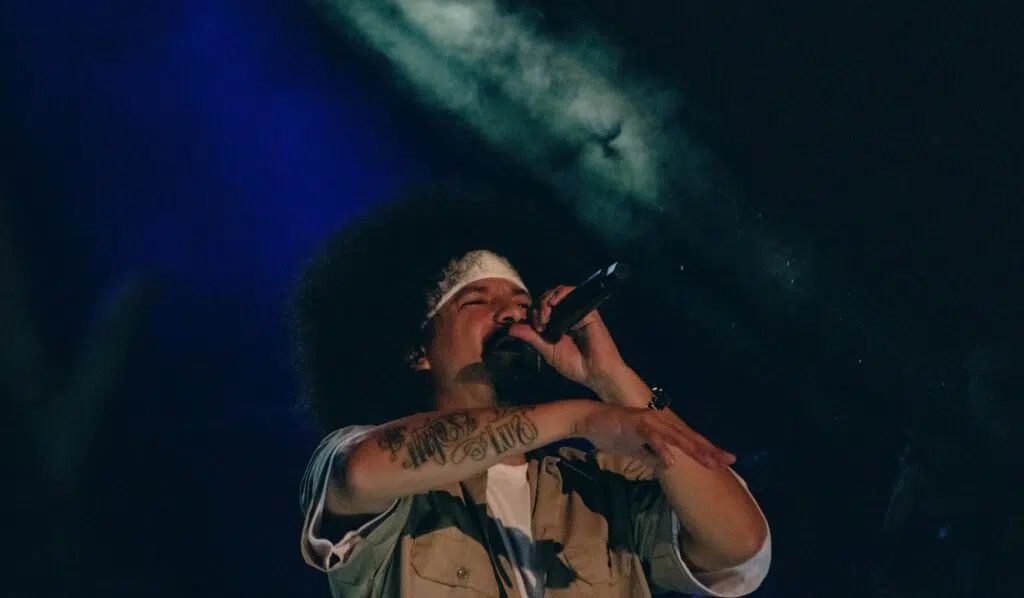
While Colombia is globally recognized for genres like salsa, reggaeton, and vallenato, its hip-hop scene has also produced a powerful voice. From the barrios of Bogotá to the hills of Medellín, a new generation of rappers is reshaping Colombia’s musical identity.
Rap music first arrived in Colombia during the 1980s, inspired by the movement’s rise in African American communities in the United States. Since then, it has become deeply woven into Colombian culture, with many youth drawn to its raw emotion and connection to social struggle.
Unlike in the U.S., where trap has become the dominant subgenre, Colombian audiences continue to embrace old-school rap. In much of Latin America, including Colombia, rap and trap elements have often fused with reggaeton, leading to a unique hybrid sound that reflects local culture and rhythms.
Bogotá’s Foundational Figures
In the early years, groups like La Etnia and Gotas de Rap helped introduce hip-hop to Colombian audiences. Emerging in the late 1980s and early ’90s, they laid the groundwork for today’s thriving scene. Their lyrics often dealt with themes of injustice, survival, and inner-city life, echoing the realities of their surroundings.
Crack Family
Formed in 2000 in Bogotá’s Ciudad Bolívar, Crack Family is considered one of the most influential acts in Colombian hip-hop. Led by Cejaz Negraz and Manny $$$, the duo gained fame for their gritty, politically-charged lyrics and traditional boom-bap beats. Their tracks like “Créalo Mi So / Cariñito,” “Gaminart,” and “Monumental” have racked up over 760 million views on YouTube, cementing their status as legends of the genre.
Doble Porción
Out of Medellín’s suburb Envigado came Doble Porción, a dark and introspective rap duo made up of Santiago Marín Vila (Métricas Frías) and Julián Cañas Molina (Mañas Ru-Fino). Their lyrics explored the struggles of urban youth, addiction, and the darker sides of love and life. Songs like “Roca N’Ron” and “Par de Pepas” gained underground acclaim. The group disbanded in 2022 following the tragic passing of Métricas Frías. Mañas Ru-Fino
has continued his career as a solo artist.
Alcolirykoz
Another heavyweight from Medellín is Alcolirykoz, formed in 1999 by Gambeta, Kaztro, and Fa-Zeta. Hailing from the Aranjuez district, they mix classic rap flows with Latin influences like jazz, salsa, and soul. Known for their thoughtful storytelling and poetic wordplay, some of their best-known tracks include “La Típica,” “Todo lo Bueno Tarda,” and “El Remate.” Their 2023 single, “Medellinficación,” critiques the city’s growing gentrification and the displacement it brings to low-income communities.
Trap and Freestyle in Colombia
Beyond classic hip-hop, Colombian artists have also made their mark in trap and freestyle. The trap scene, influenced by its Atlanta roots, features minimalist beats and lyrics often centered on street life. Artists like Deuxxer and Pirlo, both from Cali, are gaining attention, with Pirlo collaborating with major reggaeton stars Blessd and Feid.
Freestyle rap, especially in urban hubs, is thriving. Valles-T, born Juan Camilo Ballesteros Bermúdez, is one of Colombia’s most successful freestyle rappers. He has earned several wins in the Red Bull Batalla competitions, showcasing Colombia’s talent on the international stage.
Colombia’s rap scene continues to grow, fueled by a mix of tradition, innovation, and the unfiltered voices of its youth.
Stay up to date with the latest in Colombian music and culture at ColombiaOne.com. Got a tip or story? Reach out to our editorial team or follow us on Instagram, TikTok, and Facebook for more.
